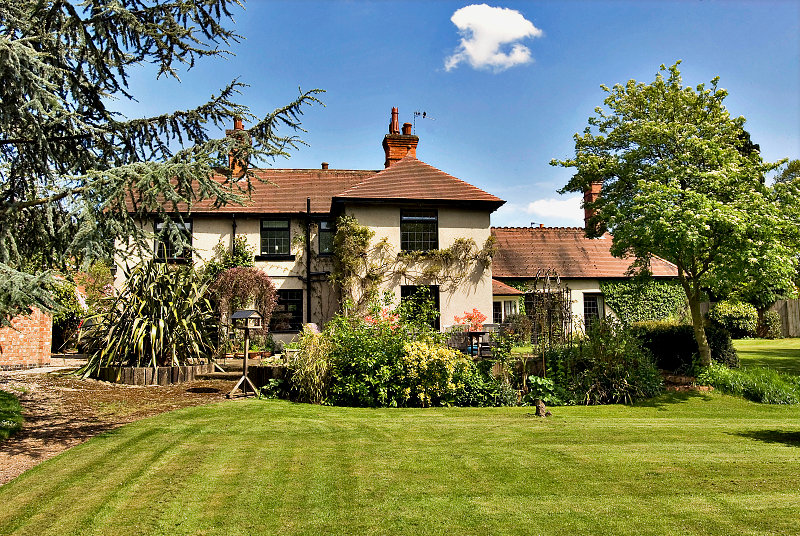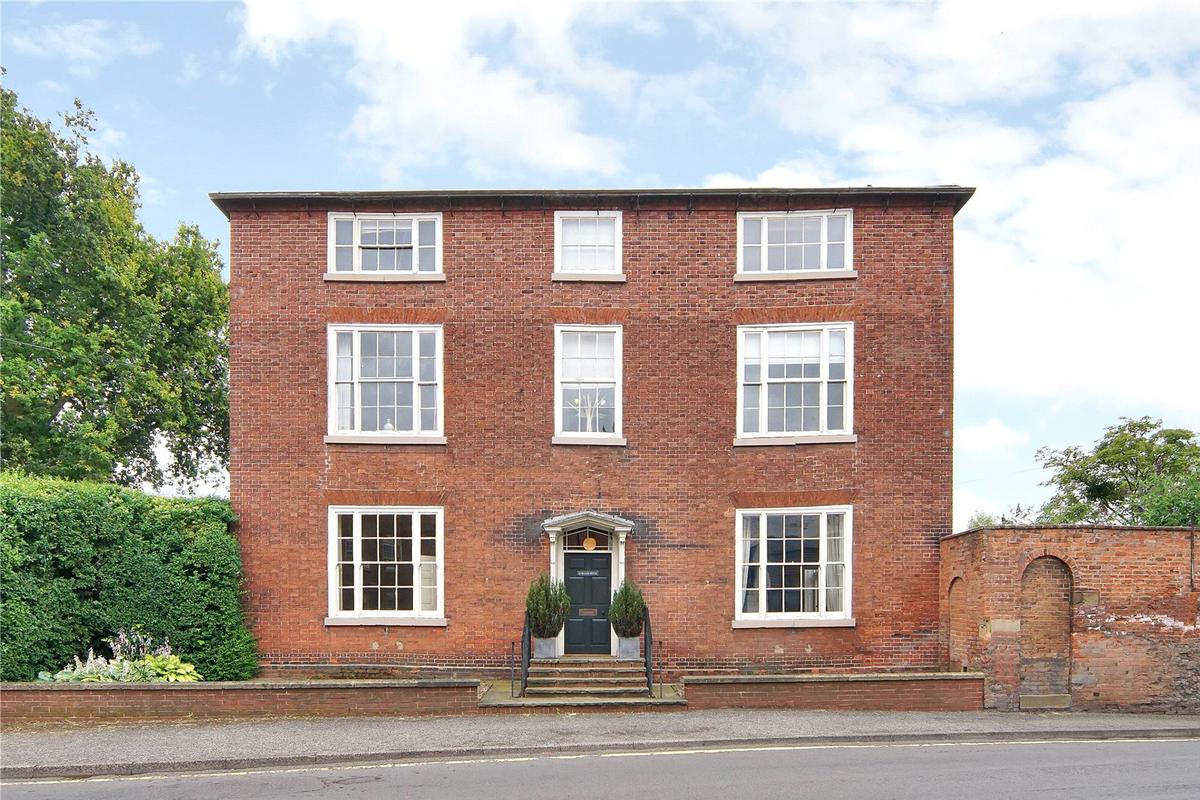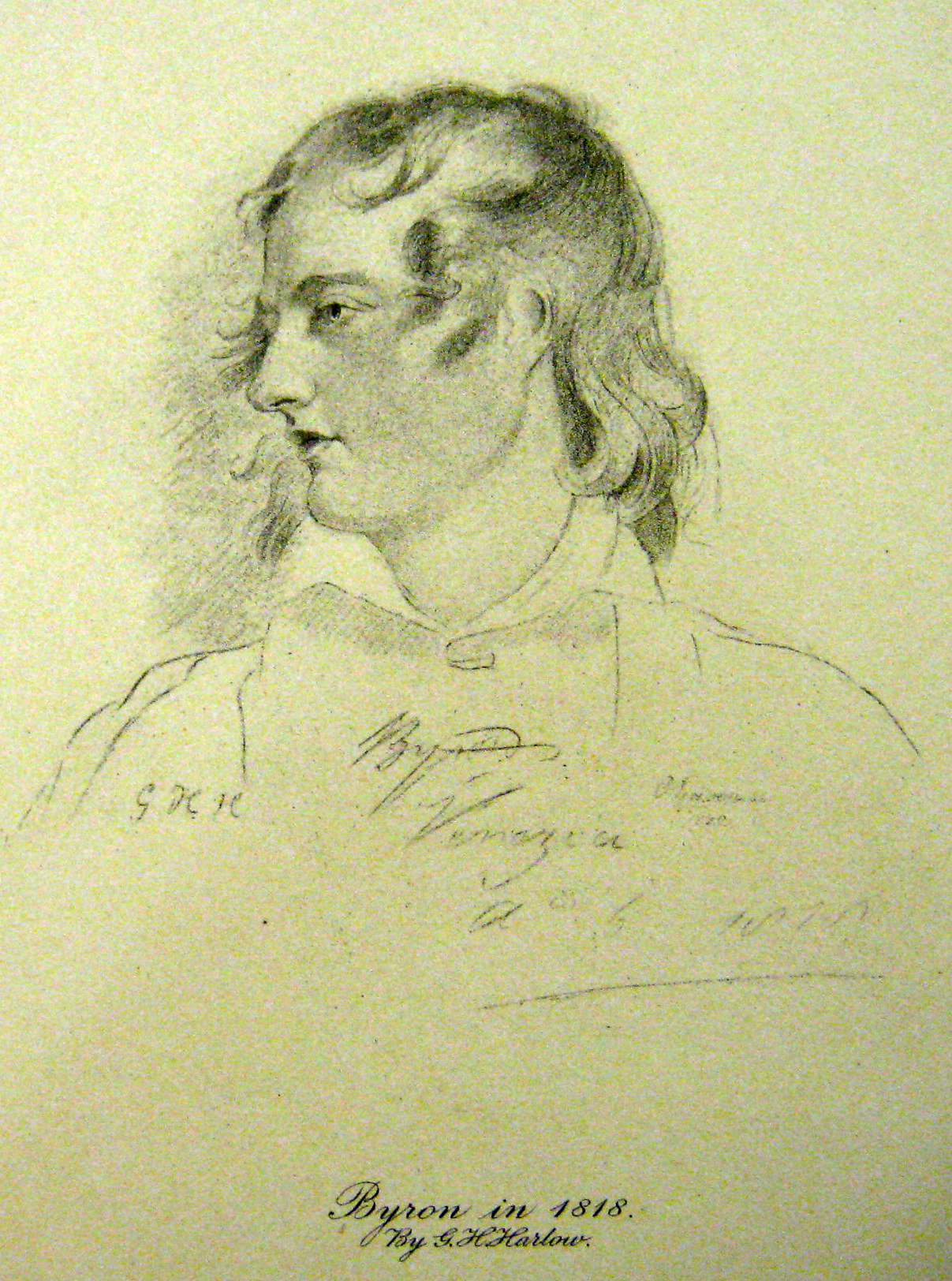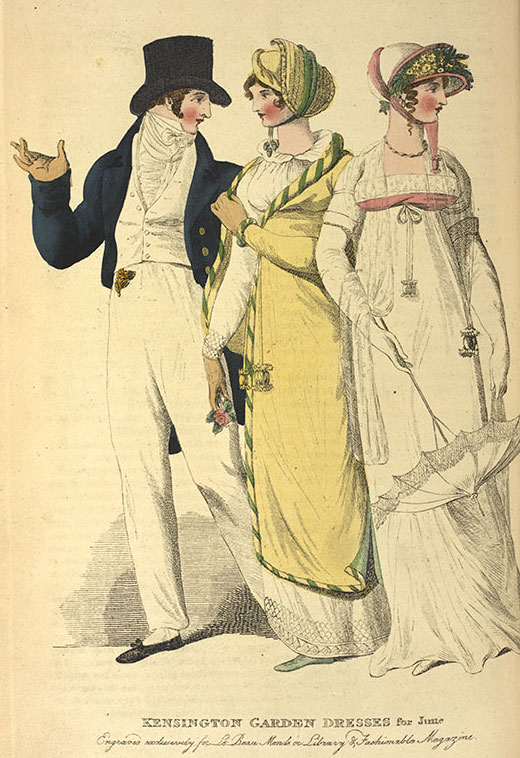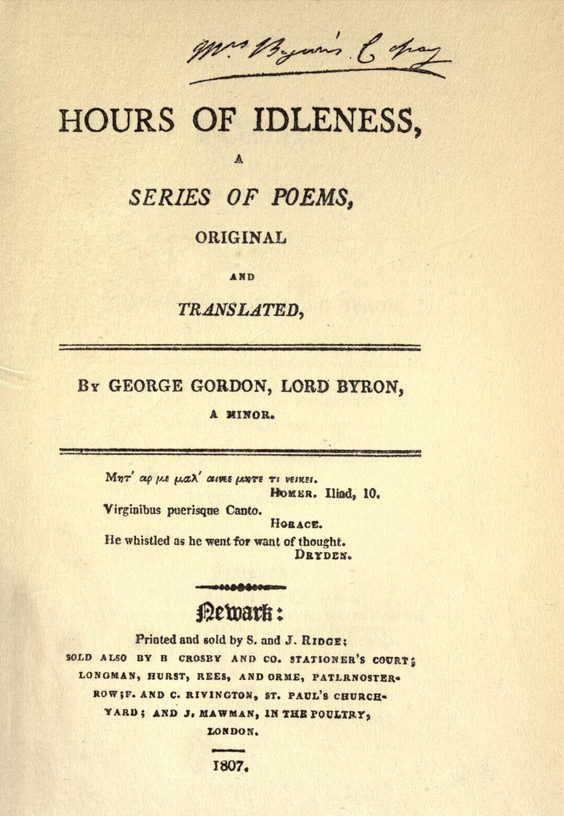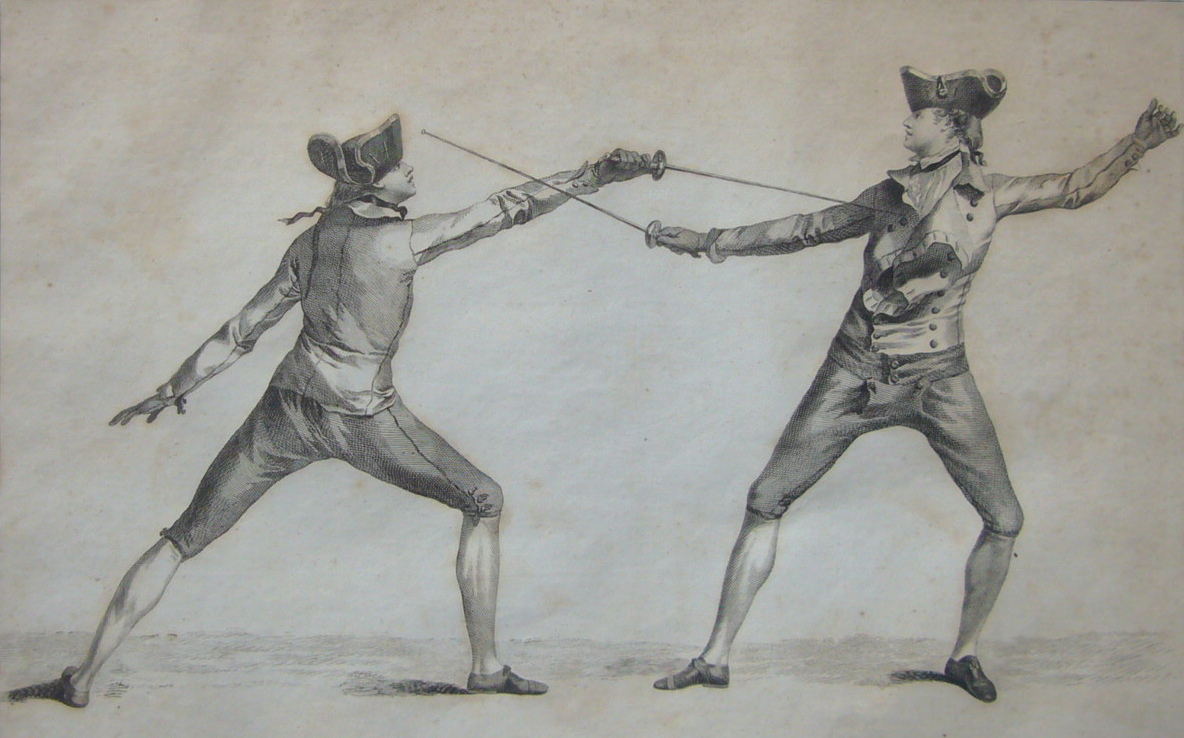In thinking about the next blog post I was inspired by the upcoming 90th birthday celebrations for Her Majesty Queen Elizabeth II and I set my mind back through my earlier house histories searching for something with a royal link. However, sadly, I’ve never had the opportunity to research Buckingham Palace or Windsor Castle, but I have researched a farm house in Nottinghamshire with a surprising link with King Edward VIII!
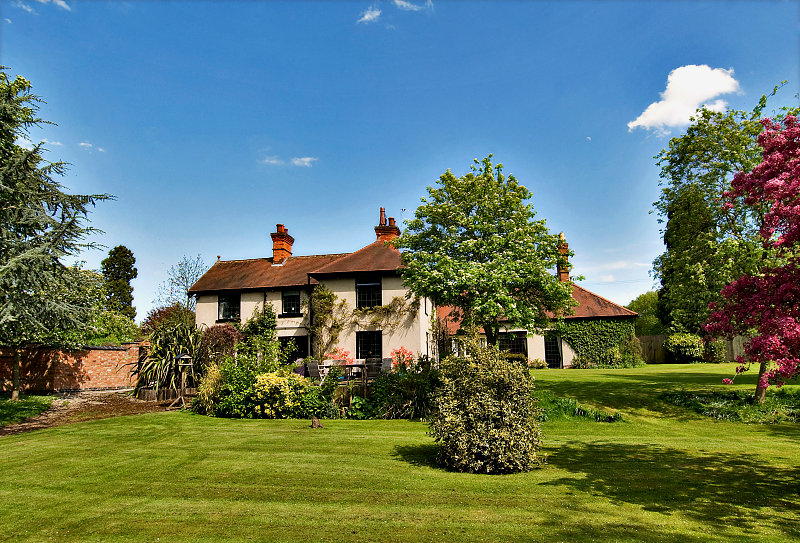
The Beeches is situated down a quiet country lane on the outskirts of Nottingham and was first built as a small cottage called Home Farm Cottage attached to the estate of the Manvers family of Holme Pierrepont. One of the earliest occupants was farmer, William Richards, recorded in the house at the time of a survey of the estate in 1803. His son, George, took over the cottage and farm during the 1820s, where he continued with his family through to the 1850s. The 1851 census reveals George Richards in the house, 69 years old, ‘cottager for 8 & 1/2 acres of land’, along with his wife Margaret and their granddaughter, 13 year old Ann.

George continued at The Beeches until he died at the age of 89 in 1871 when it passed to his son William and his wife Elizabeth. However, during the 1870s the Richards family left The Beeches, still known as Home Farm Cottage, and it became the home of dairy farmer, William Slack.
The map below shows Home Farm Cottage, today’s The Beeches, to the right of the lodge to Holme Pierrepont Hall as it was at the turn of the 20th century.
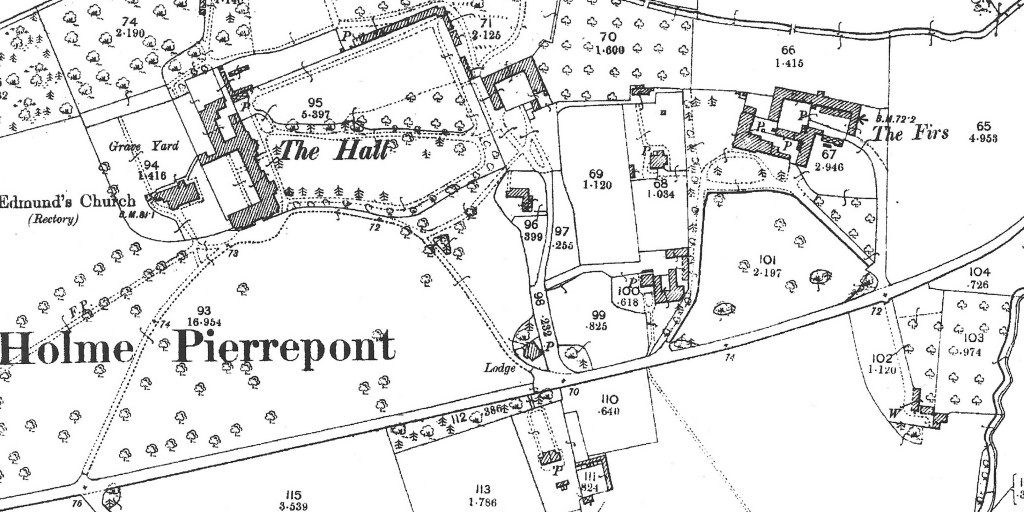
During the late 19th century, the 4th Earl Manvers set about renovating the small Home Farm Cottage, as well as adding additional farm buildings to house his herd of pedigree Shorthorn Cattle. In the early 1900s the house became the home of ‘cowman’, Christopher Dobson, along with his wife Hannah and their three children. The Dobson family continued at the house through the years of the First World War to 1918-19, but by the 1920s the house had become the home of William Shelton. Shelton became known as the gentleman farmer and is believed to have apparently worked in white gloves! It was at this time, during the 1920s, that the house was extended and its name changed from Home Farm Cottage to The Beeches.
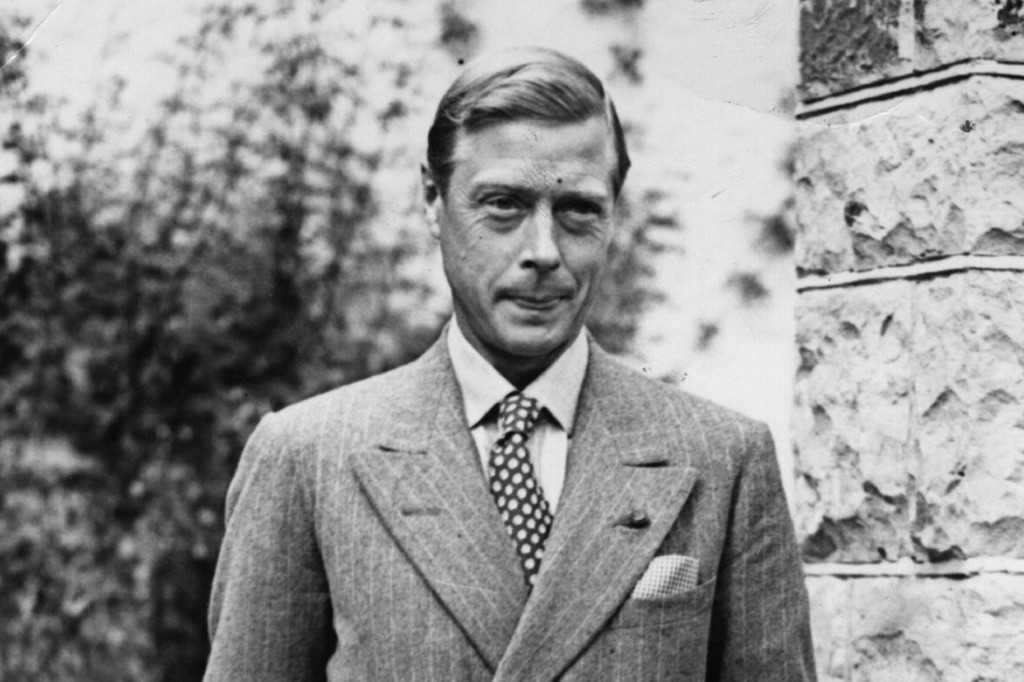
It was also at this time that it is believed, the Prince of Wales, future King Edward VIII would pop in and visit The Beeches for a cup of tea. He would often visit Lamcote House (also owned by Earl Manvers) when he was visiting his mistress, Freda Dudley Ward.
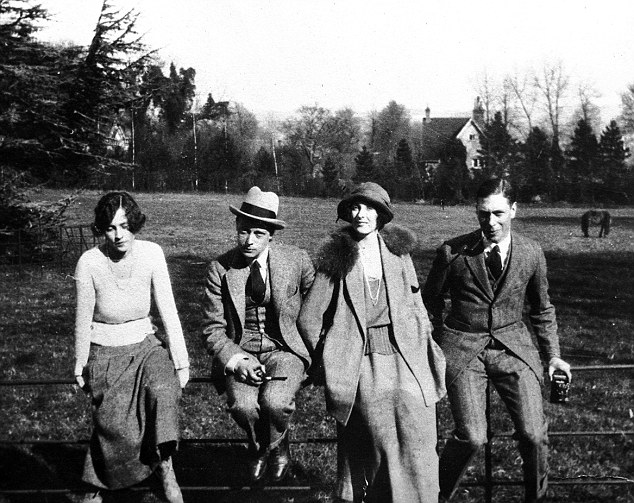
He would also visit Holme Pierrepont and it was during these visits that an old farmer recalls the prince visiting The Beeches!
At the onset of the Second World War, the Manvers Estate, which had been in financial trouble for some time, was placed on the market, including the ‘very attractive farm, formerly the Home Farm of the 4th Earl…and used by him for his world-renowned herd of Shorthorns…Together with a delightful house and model farm buildings’.
Still today, the house is situated in a quiet area on the outskirts of Nottingham, but despite its seemingly ‘simple’ history as a farmhouse, it is a fantastic example of a house that can have an unexpected history. It is uncertain how many times the Prince of Wales would pop into the kitchen of The Beeches and sit down for a cup of tea, but it is certainly a great story!
